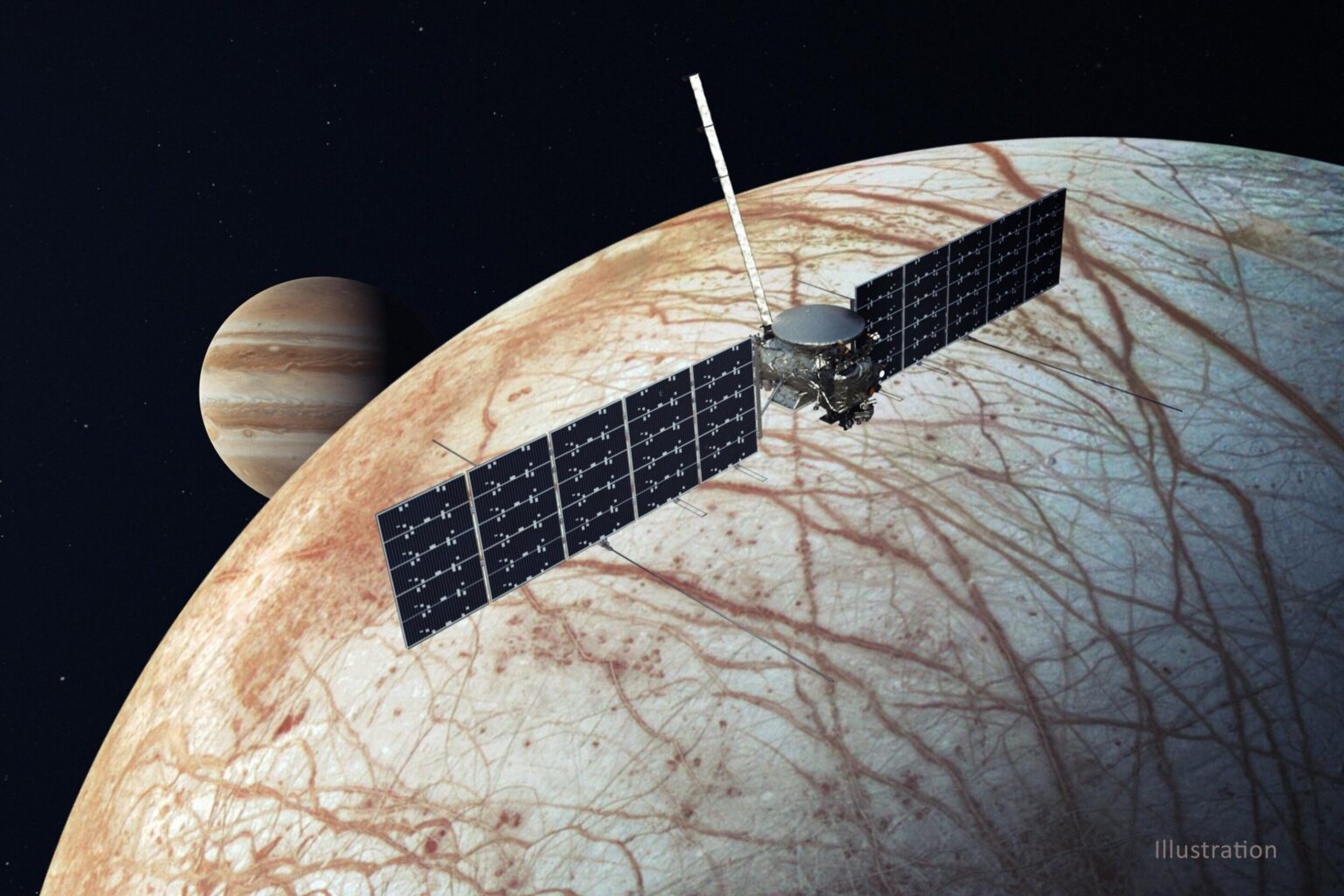Scientists have proposed a new radar technique that allows them to see objects under the upper layers of ice. They tested it on the Arctic glaciers of Devon Island, and now plan to use it to study Jupiter’s moon Europa.

Research under the ice surface
Scientists from the University of Texas have developed a new technique that allows them to study objects and structures that are located several meters below the surface of the ice. Previously developed radars, which are placed on airplanes or satellites, allow looking into the ice thickness for many meters, but they cannot qualitatively distinguish objects near the surface.
The fact is that in the process of thawing and freezing of ice, a complex structure of meltwater and ice forms at the surface, which distorts the signals too much. Therefore, it will not be possible to explore these layers from an airplane or satellite. And it is impossible to do this on the surface in a large area.
However, researchers have found a way out of this situation. They applied simultaneous irradiation at two different wavelengths at once, receiving a response from hidden objects on each of them. Together they allow scientists to see what is under the surface.
Research in the Arctic
The new technology has been tested on the glacier of Devon Island, which is part of the Canadian Arctic Archipelago. Previous studies have shown that a powerful ice plate is located here. However, later scientists learned that it partially melted and the water seeped deeper. This pattern is quite common in the summer months.
The new radar installed on the helicopter allowed scientists to study this situation in more detail. If there is a dense layer of ice under the surface, then it is able to hold water on the surface. As a result, it will drain into the ocean, and this will contribute to an increase in its level.
Previously, scientists believed that in the glaciers of Devon Island, these layers were quite thin. And the water in summer had the ability to seep deeper, where it then froze again. However, the new technique allowed establishing that they are thick enough and reach 4.5 meters in places.
This means that this ice, in the summer months, is quite effectively able to redirect water into the ocean. That is, in the future, the melting of this glacier may accelerate.
Exploring Europa
The most interesting part of the study is that the new technique can be used not only on Earth, but also in space. The best example here may be Jupiter’s moon Europa, which is covered by a solid ice crust. Scientists are convinced that it is not solid, but has many channels and pockets inside.
However, it has not been possible to investigate them yet. However, the Europa Clipper spacecraft is due to launch by 2024. It will carry a pair of radars, on which it will be possible to apply new technology. Thus, scientists want to learn more about this distant world.
According to phys.org
Follow us on Twitter to get the most interesting space news in time
https://twitter.com/ust_magazine

